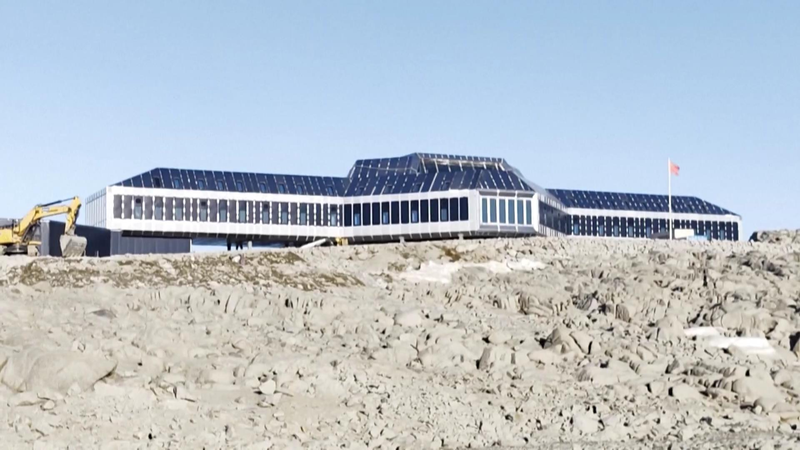Exciting news in the world of polar exploration! The Chinese mainland is stepping into the future with its state‐of‐the‐art Qinling Station in Antarctica. This research facility, which began operations in February 2024, recently activated a groundbreaking hybrid renewable energy system, marking a major shift away from traditional fossil fuels.
According to Sun Hongbin, a leading polar energy scientist at the Polar Research Institute of China, over 60% of the station’s power now comes from clean energy sources like solar and wind. Even when conditions are less favorable—with little wind or sunlight—the system reliably provides up to 2.5 hours of backup electricity. This is a striking contrast to most Antarctic research stations, which typically rely on over 90% fossil fuels, leading to higher carbon emissions.
In a bold move, the Polar Research Institute of China, in partnership with several research institutions, released a 12-year development roadmap outlining the use of solar, wind, and hydrogen energy systems in Antarctica. Kim Yea-dong, former president of the Scientific Committee on Antarctic Research, applauded the strategy, emphasizing that it paves a viable path toward stable, low-carbon operations in one of Earth’s harshest environments. 🌍⚡
This green energy breakthrough not only cuts down on emissions but also offers an inspiring model for sustainable innovation worldwide. Whether you’re a student, entrepreneur, or global explorer, the story of Qinling Station is a vivid example of how technology and nature can harmonize to power a cleaner future.
Reference(s):
China leads green energy transition in Antarctic exploration
cgtn.com



